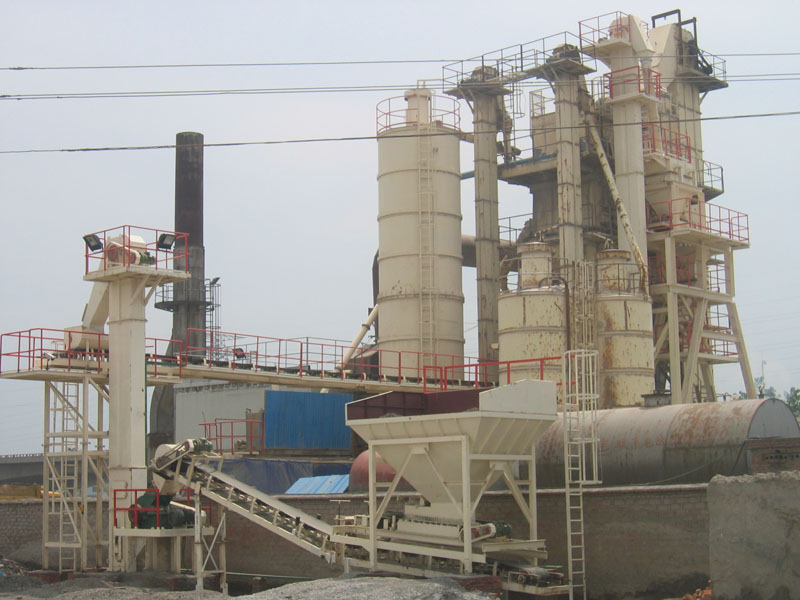Scaling Sustainable Solutions: Understanding the Typical Production Capacity of Asphalt Cold Recycled Mixing Plants
2023-11-27
Introduction:
As the demand for sustainable road construction practices rises, Asphalt Cold Recycled Mixing Plants have emerged as pivotal players in the industry. These innovative facilities are designed to transform reclaimed asphalt into high-quality pavement material. One crucial aspect that influences their efficiency and impact is the production capacity. In this blog, we'll explore the typical production capacity of Asphalt Cold Recycled Mixing Plants and its implications for sustainable infrastructure development.
A Closer Look at Production Capacity:
1. Defining Production Capacity:
- The production capacity of an Asphalt Cold Recycled Mixing Plant refers to the maximum amount of cold recycled asphalt mix that the plant can produce within a specific timeframe.
- It is often measured in tons per hour (TPH) or tons per batch.
2. Factors Influencing Capacity:
- The production capacity is influenced by several factors, including the size and design of the plant, the efficiency of its components, and the complexity of the mixing process.
- Advanced technology and automation can enhance a plant's production capabilities.
The Range of Capacities:
3. Small to Medium Plants:
- Some Asphalt Cold Recycled Mixing Plants are designed for small to medium-scale operations.
- These plants may have production capacities ranging from 20 to 100 TPH.
4. Medium to Large Plants:
- Medium to large-scale Asphalt Cold Recycled Mixing Plants can handle higher production volumes.
- Capacities for these plants may range from 100 to 500 TPH.
5. Customized Solutions:
- Some plants are designed with customization in mind, allowing for flexibility in production capacity.
- Manufacturers often work closely with clients to tailor the plant's specifications based on project requirements.
Implications for Sustainable Construction:
6. Efficiency and Throughput:
- The production capacity directly impacts the efficiency and throughput of the Asphalt Cold Recycled Mixing Plant.
- Higher capacities allow for the processing of larger quantities of reclaimed asphalt, contributing to more sustainable road construction.
7. Project Size and Timelines:
- The choice of plant capacity is often influenced by the size and scope of road construction projects.
- Larger capacities are suitable for extensive projects with high asphalt demand and tight timelines.
8. Resource Optimization:
- Optimal production capacity ensures the efficient use of resources, such as reclaimed asphalt and energy.
- It aligns with the principles of sustainability by minimizing waste and reducing the environmental impact of road construction.
Technological Advancements:
9. Automation and Control Systems:
- Technological advancements, including sophisticated automation and control systems, play a role in enhancing the production capacity of modern Asphalt Cold Recycled Mixing Plants.
- Automated controls contribute to consistent quality and operational efficiency.
10. Innovations in Design:
- Ongoing innovations in plant design contribute to increased production capacities.
- Manufacturers continually explore ways to improve the efficiency of components and the overall mixing process.
Conclusion:
The typical production capacity of an Asphalt Cold Recycled Mixing Plant is a critical factor in determining its suitability for various construction projects. From small-scale operations to large infrastructure developments, these plants play a key role in advancing sustainable construction practices. As technology continues to evolve, Asphalt Cold Recycled Mixing Plants with higher production capacities contribute to the efficient reuse of materials, reduced environmental impact, and the creation of durable, eco-friendly road surfaces. The journey toward sustainable infrastructure is indeed paved with the innovation and efficiency of these essential facilities.



